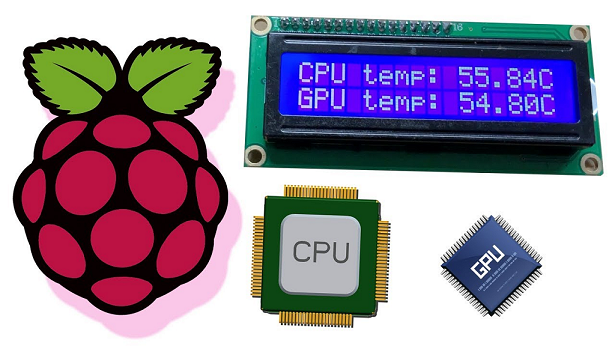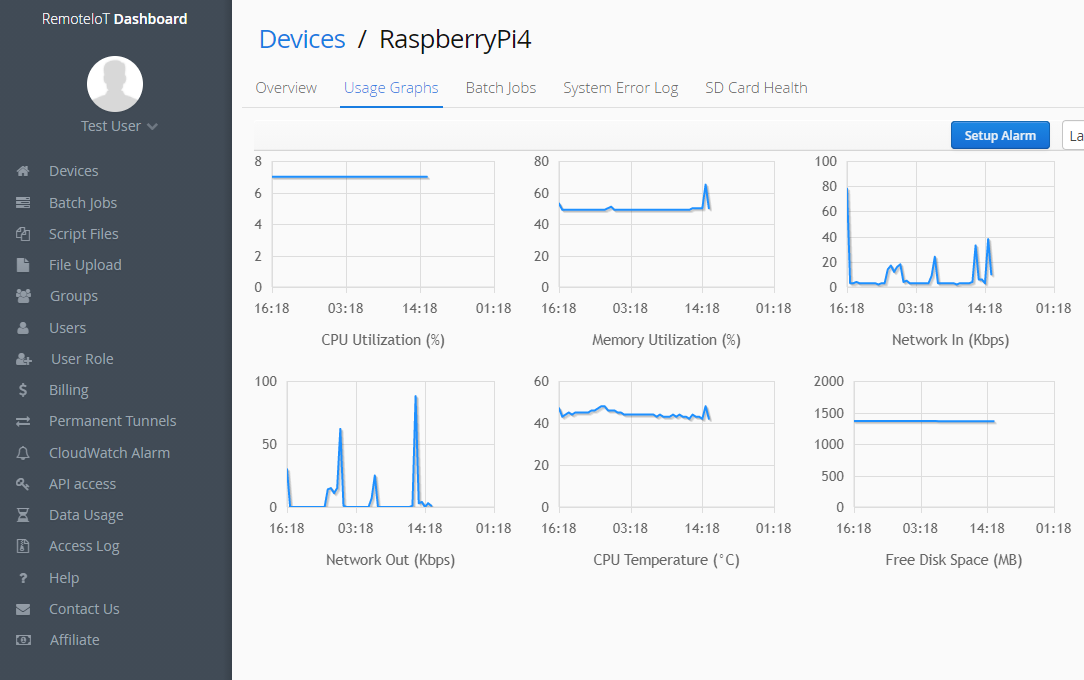Raspberry Pi devices have become quite popular in DIY projects and crafts. Their small size makes them inexpensive and extremely useful. Unfortunately, they’re prone to overheating, especially under heavy workloads. This overheating could cause them to slow down or cease functioning altogether. This is why it’s important to monitor the temperature of the Raspberry Pi.
In this article, we will describe various methods of monitoring the system’s temperature. We will also explain how IoT monitoring improves the safety of the device, preventing it from going into thermal overload.

Why Is Temperature Maintenance So Crucial?
As with all computers, the Raspberry Pi generates heat while in operation; therefore, it also needs cooling. Excessively high temperatures could lead to performance throttling, thus reducing the processing speed temporarily. In some cases, the device might shut down as a self-preservation mechanism.
An exceptionally high temperature can compromise the integrity of the circuit board and diminish the level of service it provides. Hence, keeping track of the temperature has increased significance as it ensures that the device remains functional for longer periods of time.
Under What Conditions Is It Overheated?
Heat overload can be detected when:
- The Raspberry Pi is continuously running for extensive periods
- It is operating in hot environments or outdoors
- There are multiple processes running simultaneously
- Located in an enclosure with no ventilation
For any of the above issues, you should frequently monitor the temperature of your Raspberry Pi.
Raspberry Pi Temperature Tracking Techniques
There are built-in methods to access the temperature, but those aren't the only ones. There are also simple ways to access the device's temperature in real-time. If you want, you can monitor the figures to check if they exceed acceptable limits.
You can assign temperature limits you consider safe, and when those limits are crossed, action can be taken.
Some users utilize external displays while other users prefer to view the temperature over an extended timeframe. This provides insight on how the device adapts to different conditions.
Internet of Things Remote Surveillance
IoT monitoring refers to watching devices over the internet. This is perfect for Raspberry Pi projects as it is beneficial when the device is far away, say, outdoors or in another city.
With IoT monitoring, temperature can be accessed remotely via a phone or computer. There is no physical interaction needed with the device. This is why Raspberry Pi is ideal for farmlands, greenhouses, weather stations, or any other remote system.
One website which can be accessed easily is RemoteIoT. With it, the temperature can be watched from whichever part of the world and alerts can be set if the temperature rises beyond normal range. This prevents your setup from failing before it becomes a concern.
Overheating Prevention Strategies
There are a number of basic techniques which when applied, can lower the chances of overheating:
- Ensure that the Raspberry Pi is stored away from warm temperatures.
- For more advanced users, remove the enclosure to add miniature fans.
- Do not leave it on window sills or tables that are exposed to direct sunlight.
- Use less demanding resources for CPU-intensive tasks.
Enable regular temperature checks.
As long as the temperature remains within the non-dangerous threshold, the Raspberry Pi will function more effectively and have a longer lifespan.

Final Remarks
Monitoring the temperature of a Raspberry Pi can be done effortlessly through basic techniques. This shielding ensures that all the projects are safeguarded from failing. With IoT monitoring, the device can be monitored from any location.
RemoteIoT is a perfect example of tools that help you stay prepared and in control. Ultimately, undertaking simple cooling measures will ensure that the Raspberry Pi remains at peak performance.
 icons at the top right corner of the subsection.
icons at the top right corner of the subsection.